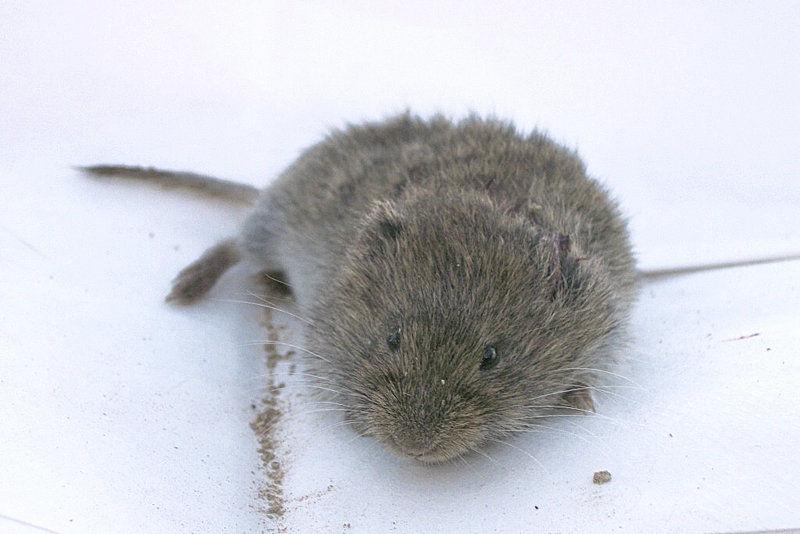“We conclude that these biting insects pose no risk of transmitting SARS-CoV-2 to humans or other animals after a blood meal infected with SARS-CoV-2,” said molecular biologist and study author Dana Mitzel from ARS.
The second study, published in the journal Parasites and Vectors in April 2021, focused on houseflies as they are linked to the mechanical transmission of bacterial, parasitic, and viral pathogens to humans and animals. The team wanted to know whether houseflies can acquire SARS-CoV-2 and transmit it to their surroundings.
The houseflies were exposed to SARS-CoV-2-spiked culture media or virus-spiked milk. (The team used reconstituted milk powder as a substrate because it is also used as a food source to raise the flies, and they knew the insects would easily feed on it.) The flies were tested for viruses 4 and 24 hours after exposure. All flies exposed to virus tested positive for viral RNA, but infectious virus was only present in flies exposed to the viral milk.
In the next experiment to check transmission, the flies were again exposed to virus-infused milk and tested positive for viruses 24 hours later. However, the flies were only able to mechanically transfer viral RNA, non-infectious virus, to non-inoculated (clean) milk and test surfaces. As a result, while some flies appeared to be able to carry infectious virus, they were unable to transmit the virus, only the RNA of the virus that is not infectious.
“We would like to emphasize that this research was carried out under carefully controlled laboratory conditions using high levels of virus – much more than what flies might encounter naturally. Further research is needed to determine whether house flies can transmit infectious SARS-CoV-2 in a natural environment and, if so, what are the public health implications, ”said ARS entomologist Dana Nayduch, ABADRU research director and author the study. “On the positive side, since we were able to detect both viral and viral RNA in flies, we may be able to use flies to monitor and detect viruses in the environment. In this type of surveillance strategy, the housefly does all of the work by visiting animals, including humans, and their litter. Then we can look at flies in the laboratory for evidence of the virus and see if it’s out there in any places the flies have visited. “








